The Enchanting Blue Moon Rose: A Symphony of Elegance
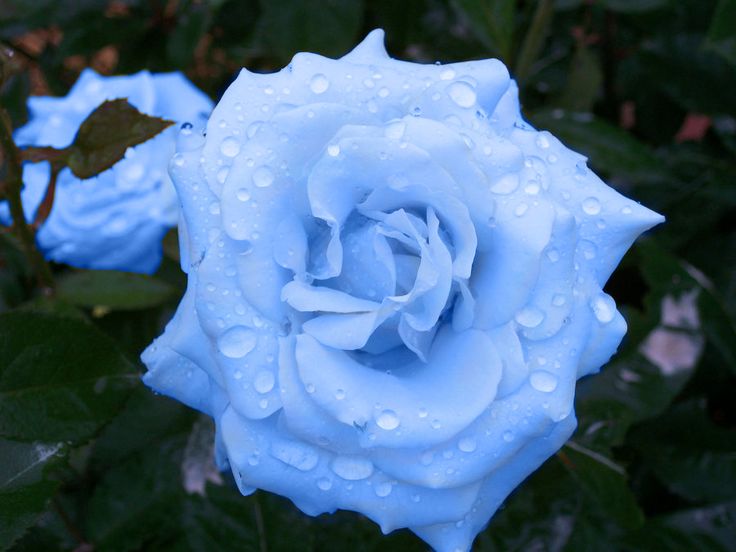
Introduction to the Blue Moon Rose
The Blue Moon Rose (Rosa ‘Blue Moon’) is a captivating hybrid tea rose renowned for its rare silvery-blue petals. This unique flower, with its delicate hue and graceful form, exudes an air of mystery and sophistication. Unlike traditional roses, the Blue Moon Rose boasts a distinctive color palette that transforms gardens or floral arrangements into elegant, ethereal displays. Its allure lies not only in its visual appeal but also in its ability to evoke tranquility and refinement, making it a favorite among gardeners and flower enthusiasts seeking something truly exceptional.
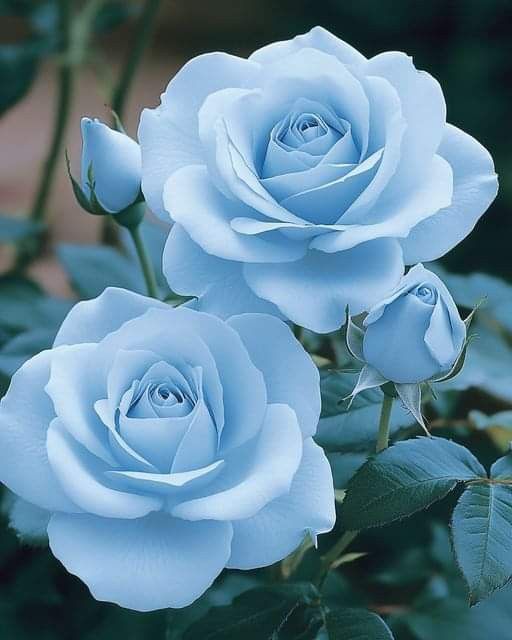
Characteristics and Aesthetic Appeal
The Blue Moon Rose is celebrated for its large, fully double blooms, which can reach a diameter of 4-5 inches. Each petal shimmers with a silvery-lavender shade, a rare trait in the rose family that distinguishes it from common red or pink varieties. The blooms are complemented by glossy, dark green foliage, enhancing their striking appearance. With a gentle, sweet fragrance, the Blue Moon Rose adds an emotional depth to its visual beauty, making it an ideal centerpiece for garden beds, borders, or sophisticated bouquets. Its refined beauty attracts those who appreciate subtlety and uniqueness in their floral selections.
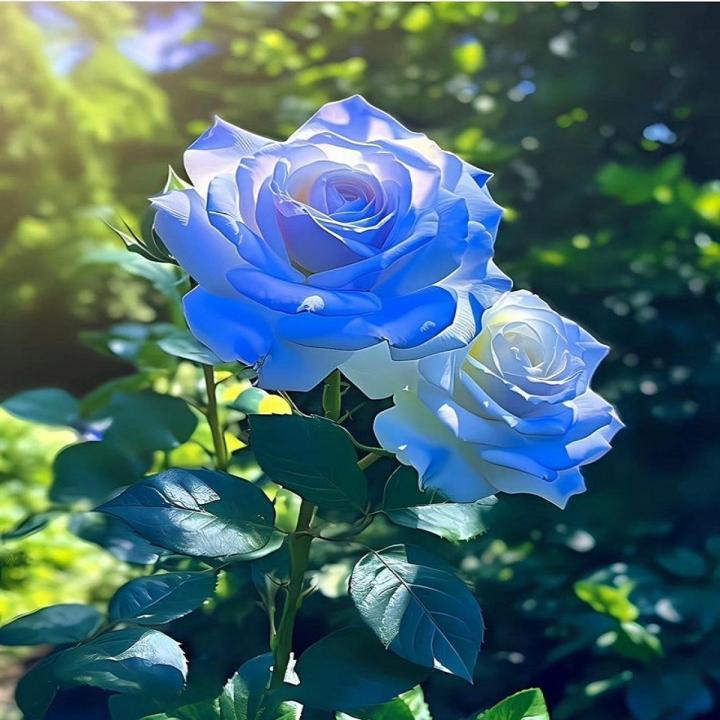
Cultivation and Care Requirements
To thrive, the Blue Moon Rose requires specific care tailored to its needs. It demands at least six hours of direct sunlight daily to produce its vibrant blooms. Watering should be deep and consistent, typically once a week, with adjustments in hotter climates to prevent drought stress. The plant flourishes in rich, well-draining loam soil with a slightly acidic to neutral pH. Temperature-wise, it prefers mild conditions between 60-75°F (16-24°C), though it can tolerate minor variations. Moderate humidity and good air circulation are essential to prevent mildew, a common issue with roses. Fertilizing every 4-6 weeks with a rose-specific product during the growing season ensures robust growth and abundant flowering.

Challenges and Considerations
Although the Blue Moon Rose is a wonderful addition to any garden, it comes with certain challenges. The plant is susceptible to fungal diseases such as powdery mildew and black spot, requiring careful monitoring and proper care, such as ensuring adequate spacing for air circulation and avoiding overhead watering. Additionally, its unique coloration may fade in extreme heat or overly alkaline soil, so maintaining optimal conditions is crucial. Gardeners in colder climates need to provide winter protection, such as mulching or wrapping, to shield the plant from frost. Despite these requirements, the Blue Moon Rose’s beauty makes the effort worthwhile for dedicated gardeners.
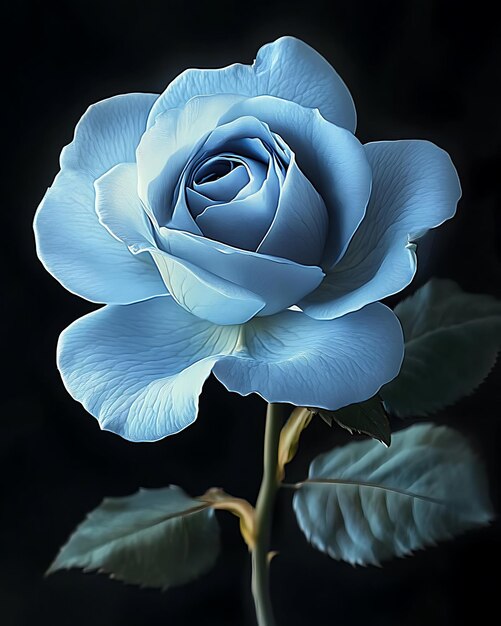
Symbolism and Uses
The Blue Moon Rose carries profound symbolism, often associated with mystery, tranquility, and unattainable beauty due to its rare color. It is a popular choice for weddings, anniversaries, and other special occasions where elegance and serenity are desired. In gardens, it serves as a focal point in mixed beds or as a standalone plant, while in floral arrangements, its soft hues pair beautifully with white, purple, and green tones. Whether used to convey deep emotions or to elevate aesthetic spaces, the Blue Moon Rose leaves a lasting impression.
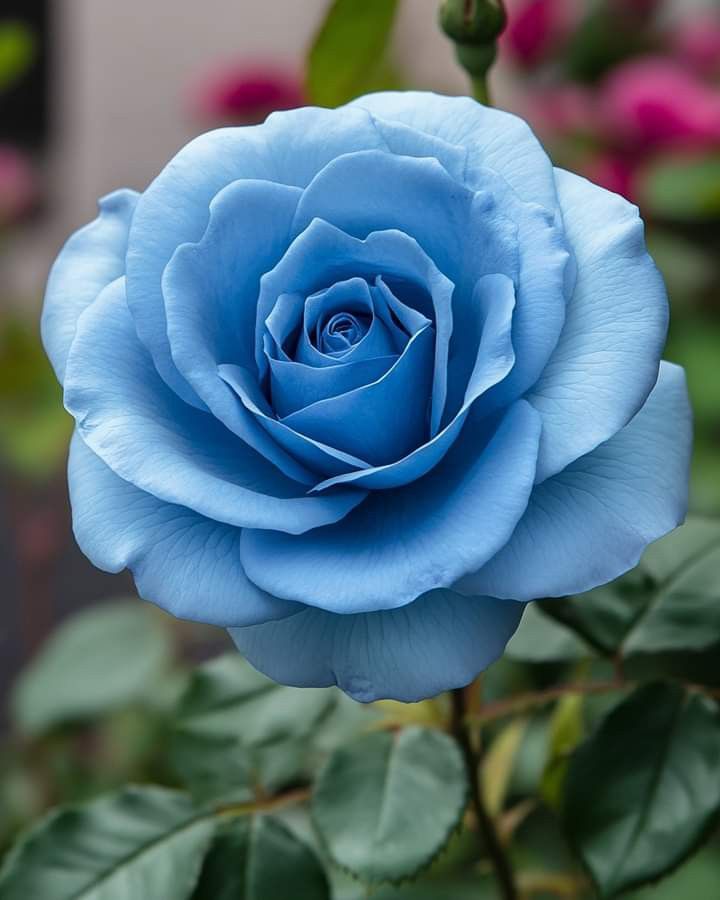
Conclusion
The Blue Moon Rose is more than just a flower; it is a testament to nature’s ability to create captivating and inspiring beauty. Its silvery-blue petals and graceful presence bring a sense of calm and sophistication to any setting, making it an ideal choice for those who cherish rarity and elegance. By providing the proper care and attention, gardeners can cultivate this enchanting rose to transform their spaces into havens of tranquility. Embrace the mystique of the Blue Moon Rose and let its timeless beauty elevate your garden or floral creations.





